U.S. Supreme Court to Consider CCNS Petition for Certiorari about EPA Discharge Permit for LANL
![]() Another step on a twisted journey will take place on Friday, February 26th, when the U.S. Supreme Court will consider CCNS’s Petition for Certiorari in a case challenging the issuance of a Clean Water Act discharge permit for a critical
Another step on a twisted journey will take place on Friday, February 26th, when the U.S. Supreme Court will consider CCNS’s Petition for Certiorari in a case challenging the issuance of a Clean Water Act discharge permit for a critical 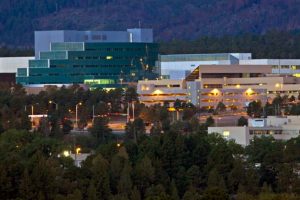 Los Alamos National Laboratory (LANL) facility. https://www.supremecourt.gov/search.aspx?filename=/docket/docketfiles/html/public/20-717.html In an unpublished decision, the Tenth Circuit Court of Appeals decided erroneously that CCNS did not have standing to challenge the permit. CCNS v. EPA (RLWTF) 200423 CA10 decision For that reason, CCNS filed a petition with the U.S. Supreme Court for review of the Tenth Circuit’s decision.
Los Alamos National Laboratory (LANL) facility. https://www.supremecourt.gov/search.aspx?filename=/docket/docketfiles/html/public/20-717.html In an unpublished decision, the Tenth Circuit Court of Appeals decided erroneously that CCNS did not have standing to challenge the permit. CCNS v. EPA (RLWTF) 200423 CA10 decision For that reason, CCNS filed a petition with the U.S. Supreme Court for review of the Tenth Circuit’s decision.
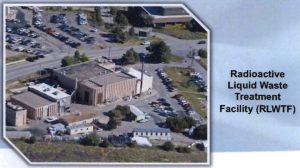 The critical LANL facility is the Radioactive Liquid Waste Treatment Facility, or RLWTF. It has operated since 1963. It treats radioactive and hazardous liquid wastes from key plutonium and tritium facilities across the LANL site. It discharged treated liquid wastewater into Effluent Canyon, which flowed into the upper reach of Mortandad Canyon and soaked into the ground.
The critical LANL facility is the Radioactive Liquid Waste Treatment Facility, or RLWTF. It has operated since 1963. It treats radioactive and hazardous liquid wastes from key plutonium and tritium facilities across the LANL site. It discharged treated liquid wastewater into Effluent Canyon, which flowed into the upper reach of Mortandad Canyon and soaked into the ground.
But in November 2010, those discharges ended because LANL began to exclusively use an evaporator system to treat the liquids and release them as vapors into the air.
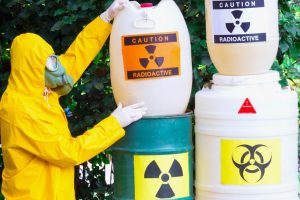 For a facility to obtain a Clean Water Act permit, a discharge of a pollutant into the environment is required. In an effort to prevent dual regulation by both the Clean Water Act and federal hazardous waste laws, if a facility has a Clean Water Act permit, it is granted an exemption from the hazardous waste laws. But because the RLWTF no longer discharges, it is no longer eligible for a Clean Water Act permit and must be regulated by the hazardous waste laws. But EPA did issue the permit. As a result, neither the Clean Water Act nor the hazardous waste laws regulate the RLWTF to the detriment of the People.
For a facility to obtain a Clean Water Act permit, a discharge of a pollutant into the environment is required. In an effort to prevent dual regulation by both the Clean Water Act and federal hazardous waste laws, if a facility has a Clean Water Act permit, it is granted an exemption from the hazardous waste laws. But because the RLWTF no longer discharges, it is no longer eligible for a Clean Water Act permit and must be regulated by the hazardous waste laws. But EPA did issue the permit. As a result, neither the Clean Water Act nor the hazardous waste laws regulate the RLWTF to the detriment of the People.
CCNS members submitted affidavits to the Tenth Circuit stating our fears that the lack of proper hazardous waste regulation means that we are deterred from visiting riparian areas near and downgradient from the RLWTF in the Rio Grande watershed.
The Tenth Circuit ruled that persons who live in  and use lands downgradient from the RLWTF, and whose use and enjoyment of those areas are diminished by its noncompliance lack standing to question the unlicensed operations. The court added that CCNS must prove that the pollutants had reached the Rio Grande, a requirement not found in existing standing criteria. The Tenth Circuit’s decision is inconsistent with other decisions within the federal circuits. Thus, our appeal to the U.S. Supreme Court.
and use lands downgradient from the RLWTF, and whose use and enjoyment of those areas are diminished by its noncompliance lack standing to question the unlicensed operations. The court added that CCNS must prove that the pollutants had reached the Rio Grande, a requirement not found in existing standing criteria. The Tenth Circuit’s decision is inconsistent with other decisions within the federal circuits. Thus, our appeal to the U.S. Supreme Court.
Attorney Lindsay A. Lovejoy, Jr., represents CCNS. http://lindsaylovejoy.com/
Please make a tax-deductible contribution to CCNS to support these efforts to hold the federal government accountable to enforce the laws.
- Valentine’s Day – Sunday, February 14th:
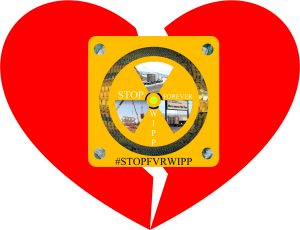 Seventh anniversary of the explosion in the WIPP underground of one or more drums of plutonium-contaminated waste packaged and shipped by LANL. Please contact Governor Michelle Lujan Grisham https://www.governor.state.nm.us/contact-the-governor/ , New Mexico Environment Department Secretary James Kenney james.kenney@state.nm.us , and your congressional members and tell them:
Seventh anniversary of the explosion in the WIPP underground of one or more drums of plutonium-contaminated waste packaged and shipped by LANL. Please contact Governor Michelle Lujan Grisham https://www.governor.state.nm.us/contact-the-governor/ , New Mexico Environment Department Secretary James Kenney james.kenney@state.nm.us , and your congressional members and tell them:
LOVE NEW MEXICO
Don’t waste it!
STOP FOREVER WIPP
~Safety and security at WIPP remains a concern.
~Please stop the plans to expand WIPP and keep waste coming for many decades.
~Keep the promises for limits on WIPP.
~Require other disposal sites.
~Support the closure of WIPP in 2024 as required by the New Mexico Environment Department’s WIPP Permit
- Monday, February 15 at 10 am MST (Albuquerque) and 10 am CST (Mexico City) –
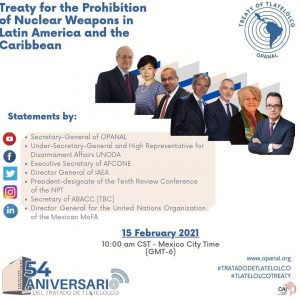 Virtual Celebration with OPANAL (Organismo para la Proscripcion de Armas Nucleares en la America Latina y el Caribe) in the commemoration of the 54th anniversary of the Treaty of Tlatelolco.
Virtual Celebration with OPANAL (Organismo para la Proscripcion de Armas Nucleares en la America Latina y el Caribe) in the commemoration of the 54th anniversary of the Treaty of Tlatelolco.
Crash course for those unfamiliar with OPANAL and/or Tlatelolco (pronunced tuh-laa-tuh-laal-kuh): The Treaty for the Prohibition of Nuclear Weapons in Latin American and the Caribbean – known as the Treaty of Tlatelolco – is the legal instrument signed and ratified by all 33 countries of Latin America and the Caribbean. It prohibits: the testing, use, manufacture, production or acquisition by any means whatsoever of any nuclear weapons, directly or indirectly, within said region. The Treaty of Tlatelolco delineates its Zone of Application (Article 4); it creates and sets the structure, powers, and activities for the Agency (OPANAL) which oversees compliance with the obligations of the Contracting Parties (Articles 6, 7, 8, 9, 10, 11, 19, 22, and 23); it establishes a Control System, under OPANAL, and the International Atomic Energy Agency (Articles 12, 13, 14, 15, and 16).
To learn more: http://www.opanal.org/en/the-prohibition-of-nuclear-weapons-in-latin-america/
- Tuesday, February 16, 2021:
 Comments due to DOE about the Versatile Test Reactor, a fast neutron reactor with uranium and plutonium fuel, draft environmental impact statement. Sample public comments are available at http://nuclearactive.org/
Comments due to DOE about the Versatile Test Reactor, a fast neutron reactor with uranium and plutonium fuel, draft environmental impact statement. Sample public comments are available at http://nuclearactive.org/
- Thursday, February 18th:
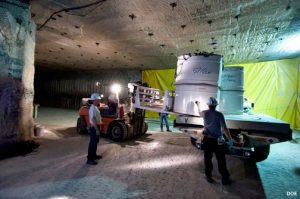 Comments due to DOE about the scope of a forthcoming draft environmental impact statement for its plans to bring up to 48.2 metric tons of “surplus” plutonium to New Mexico for processing at LANL and disposal at WIPP. It is important for DOE to receive comments for New Mexicans. Sample public comments you can use available at http://nuclearactive.org/ on the right side of the page under the golden #STOPFVRWIPP logo.
Comments due to DOE about the scope of a forthcoming draft environmental impact statement for its plans to bring up to 48.2 metric tons of “surplus” plutonium to New Mexico for processing at LANL and disposal at WIPP. It is important for DOE to receive comments for New Mexicans. Sample public comments you can use available at http://nuclearactive.org/ on the right side of the page under the golden #STOPFVRWIPP logo.
- Thursday, February 25th at 6:30 pm: WIPP Town Hall 700-C Fan Test Results.
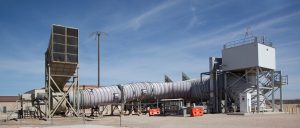 Please click HERE to register. After registering, you will receive a confirmation email from WIPP containing information about joining the Zoom meeting. Test results will be available on the 700-C restart webpage before the meeting.
Please click HERE to register. After registering, you will receive a confirmation email from WIPP containing information about joining the Zoom meeting. Test results will be available on the 700-C restart webpage before the meeting.
Tags: affidavits, CCNS, Clean Water Act, hazardous waste laws, Jr., LANL, Lindsay A. Lovejoy, Los Alamos National Laboratory, no discharge, Petition for Certiorari, Radioactive Liquid Waste Treatment Facility, Rio Grande watershed, RLWTF, Tenth Circuit Court of Appeals, U.S. Supreme Court, unlicensed operations


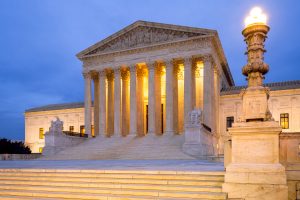

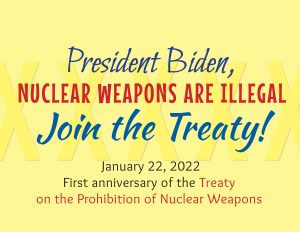
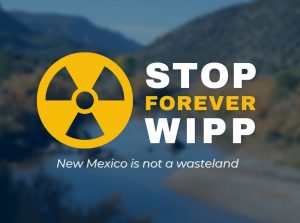






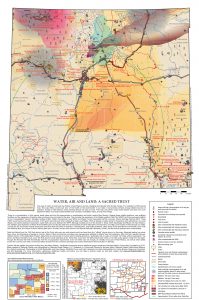
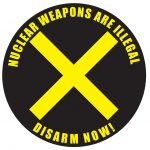
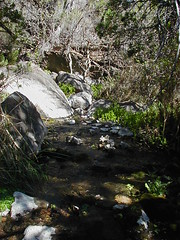

Comments
No comments so far.